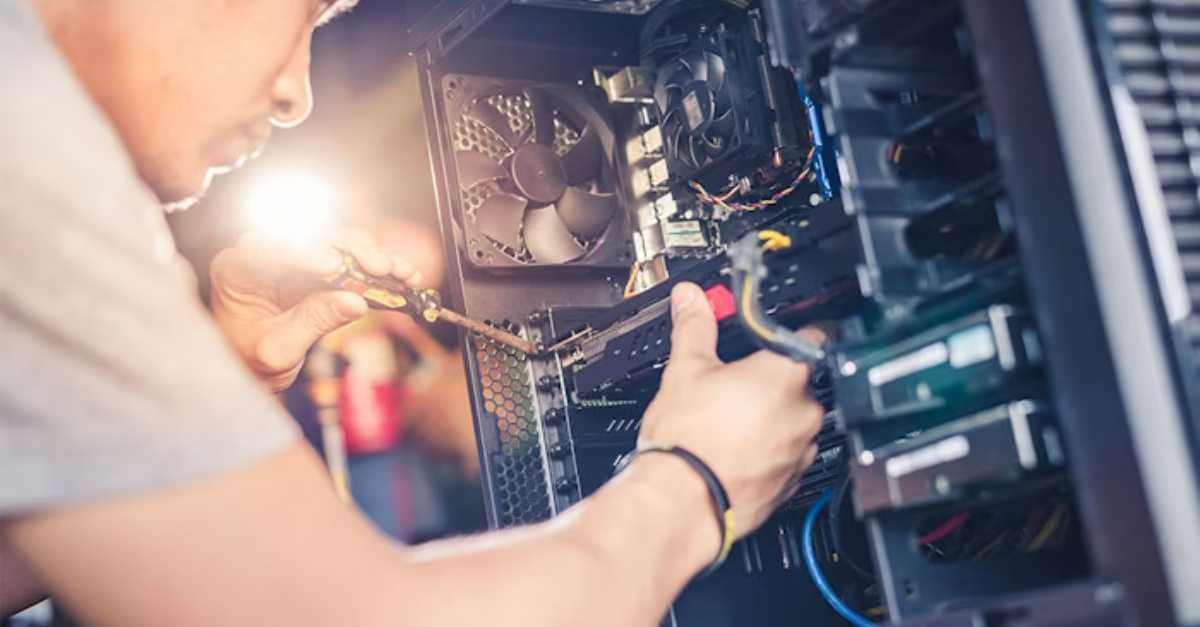
Essentials of an IoT Remote Monitoring Platform: Introduction
Explore the essentials of IoT remote monitoring in this introduction.
Solutions
Workplace Management Solutions
Real Estate Management Solutions
Maintenance Management Solutions
Energy Management Solutions
Engineering Document Management Solutions
Asset Management Solutions
Automate campus scheduling for classes, meetings, and exams with our EMS software.
Plan and manage conferences effortlessly with EMS software to impress guests and streamline operations.
Boost workplace flexibility and maximize space use with seamless desk and room booking.
Organize workplace or campus events smoothly, creating memorable experiences.
Optimize workspace, manage allocations efficiently, and reduce costs with our space management solutions.
Deliver projects on time and within budget by improving communication, collaboration, and efficiency with our software.
Streamline lease accounting for ASC 842, IFRS, and GASB compliance.
Manage leases efficiently by tracking key dates, analyzing costs, and ensuring compliance.
Centralize data and analytics for better insights, faster negotiations, and revenue growth.
Centralize facility and asset maintenance, automate work orders, and ensure compliance with our CMMS software.
Extend asset life, reduce downtime, and prevent costly repairs with data-driven monitoring.
Prevent equipment failures and extend asset life by detecting and addressing issues early.
Make sustainable, cost-efficient energy decisions by monitoring and optimizing power consumption.
Remotely monitor and control equipment with real-time data to predict issues, boost efficiency, and reduce downtime.
Easily share and collaborate on documents, creating a single source of truth for engineers and contractors.
Manage and analyze assets across their lifecycle to schedule maintenance, reduce downtime, and extend lifespan.
Improve visibility, automate work orders, and ensure compliance for efficient facility and asset management.
Resources
Browse our full library of resources all in one place, including webinars, whitepapers, podcast episodes, and more.
Support
Looking for access to technical support, best practices, helpful videos, or training tools? You’ve come to the right place.
About Accruent
Get the latest information on Accruent, our solutions, events, and the company at large.

Investing in agnostic IoT remote monitoring tools can eliminate data siloes and improve cross-device communication and insight.
By Basant Singhatwadia, VP of IoT Product Strategy, Accruent
This is the second of seven articles in our blog series entitled ‘Essentials of an IoT Remote Monitoring Platform.’ This week we will discuss the importance of controller hardware agnostic IoT platforms.
Many remote monitoring platforms, particularly those that come from a hardware provider (Emerson, Danfoss, etc.), tend to be category specific. This means your business can only monitor one provider’s hardware, and you are automatically limited to the categories of equipment that manufacturer can monitor. For example, you could have a remote monitoring platform built for refrigeration and HVAC devices. It’s great to monitor those two categories, but it may not be enough if you ever want to monitor lighting, elevators and energy.
There are two major drawbacks when implementing point solutions:
When choosing a remote monitoring platform, it should be architected to be controller hardware agnostic and support different device types. Your business today has a range of hardware already, especially if you have multiple categories of equipment. An IoT platform should be able to communicate to all of them with just few hardware upgrades.
There are several benefits to having a controller agnostic solution:
By having a system that can communicate with multiple categories of equipment, you avoid leaving value on the table, or worse, going through costly control replacements. By having a system that communicates with everything in your enterprise you can expand when you choose to remote monitor additional equipment categories for additional operational savings.
In the next article, we will discuss how to cut alarm noise and focus on the real issues.
If you are interested in further information on our IoT Remote Monitoring solution, click here.
Explore the rest of the “Essentials of an IoT Remote Monitoring Platform” series:
1. Introduction
2. The Importance of Hardware Agnostic IoT platforms
3. Cutting Out Alarm Noise to Focus on Real Issues
4. Creating a System Between Your People and Your Remote Monitoring Platform
5. Creating a Closed Loop Maintenance System for Your Business
6. Stop Reacting: Use Data to Get Ahead of Equipment Failure
7. Gaining Enterprise Control of Your Setpoints For Next-Level Savings
Explore the essentials of IoT remote monitoring in this introduction.
Discover how to implement a closed maintenance loop that identifies potential risks and solves them with automated processes.
Learn how to “turn down the noise” on alarms that detect anomalies and discover how to detect real problems that affect your company’s bottom line.
Subscribe to stay up to date with our latest news, resources and best practices